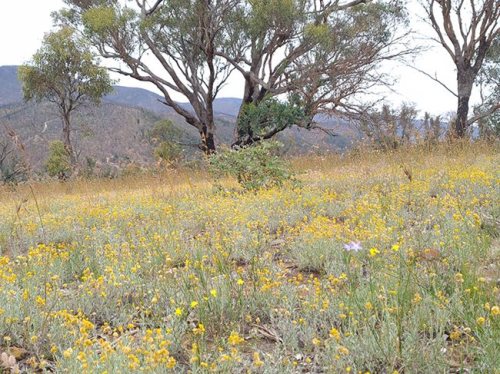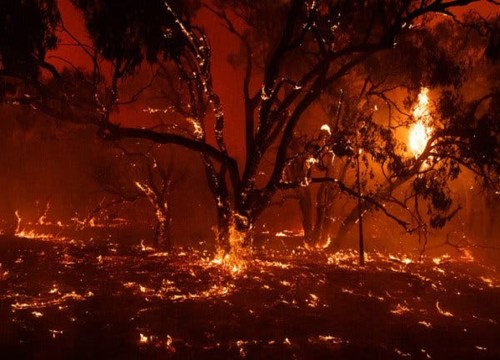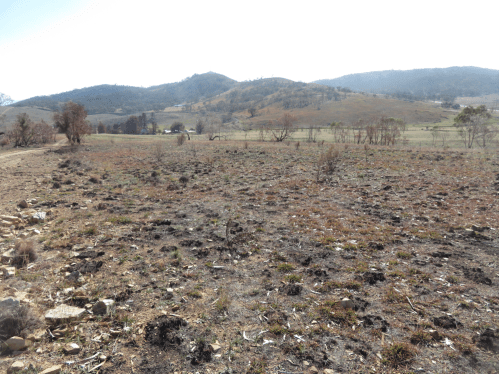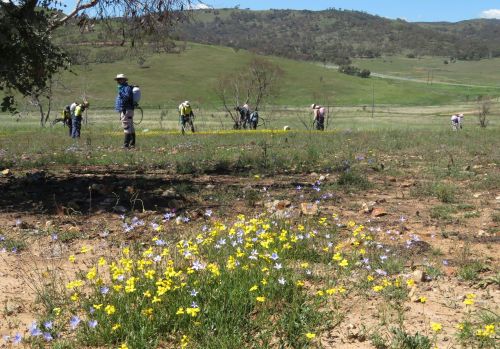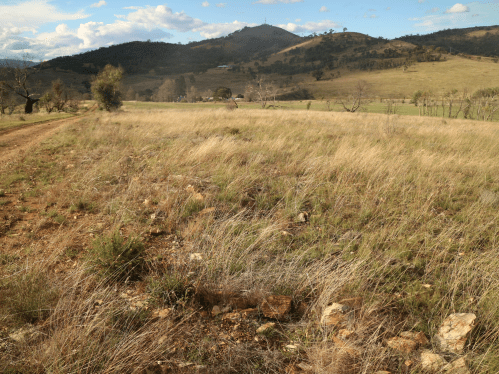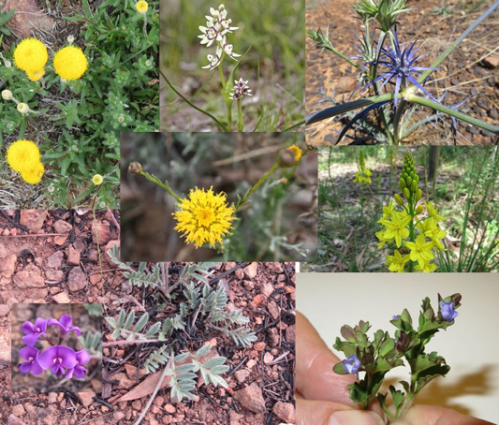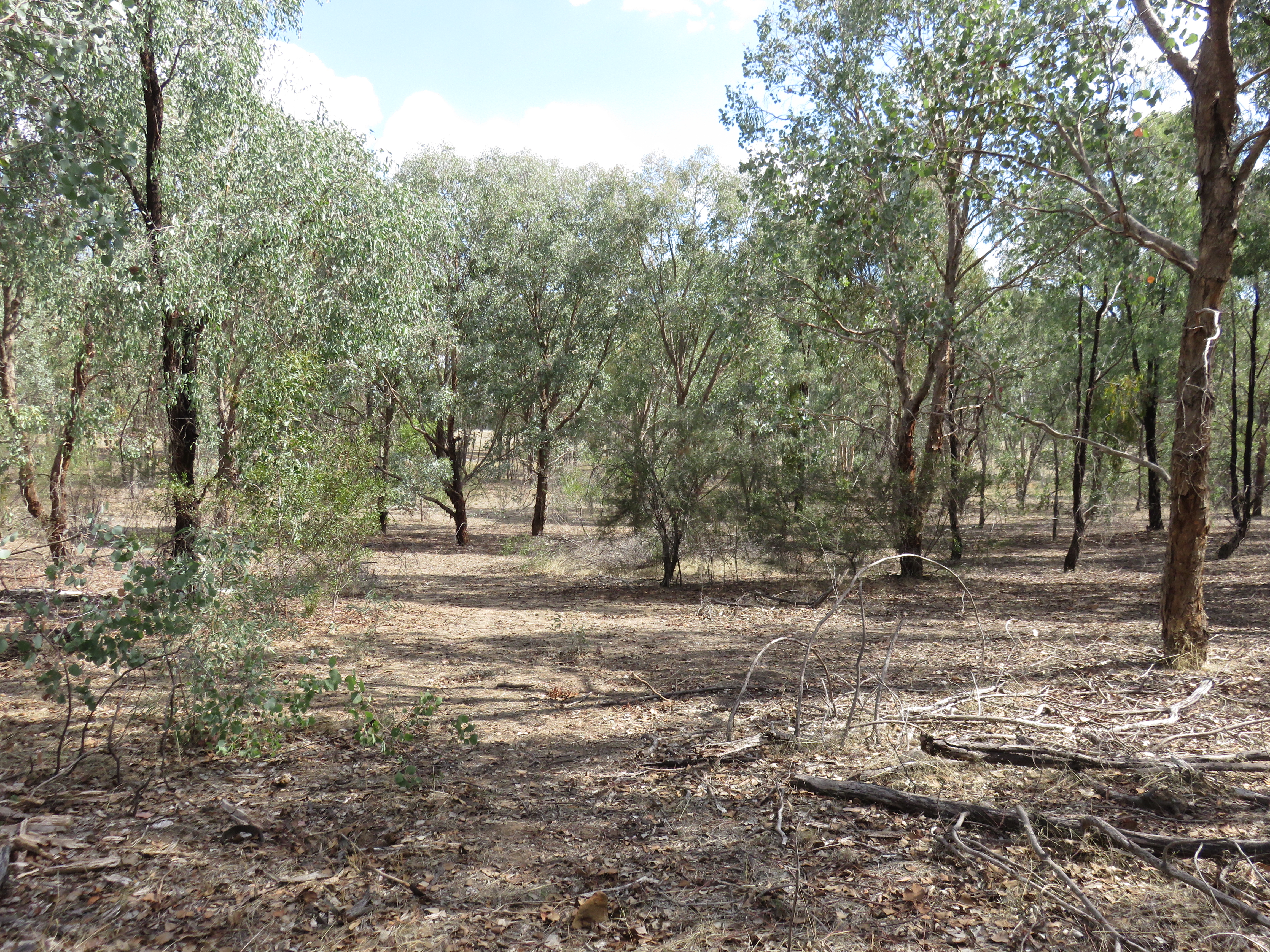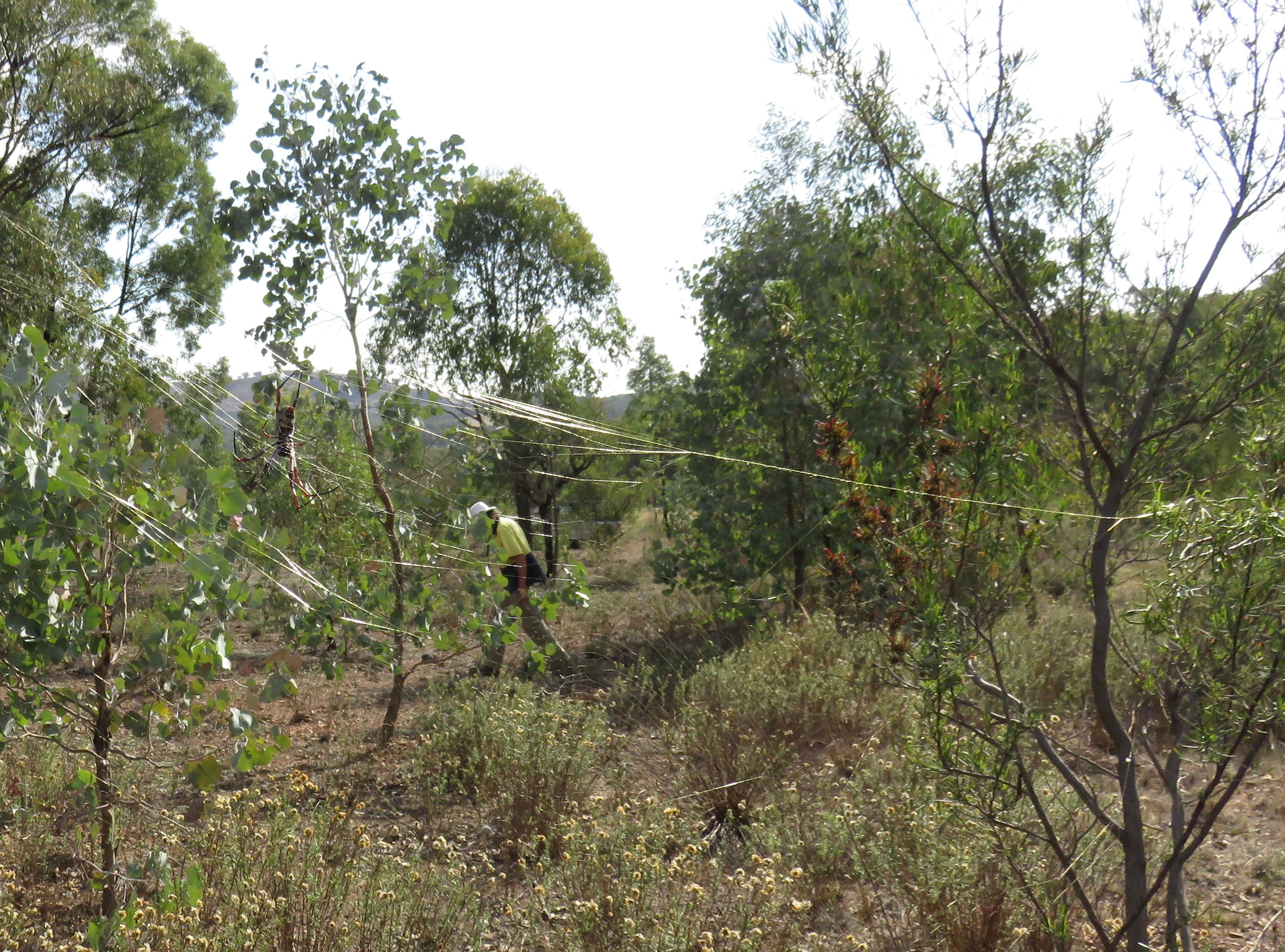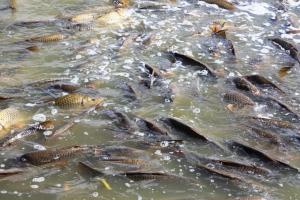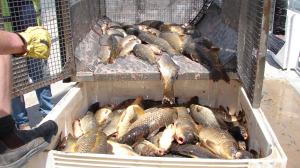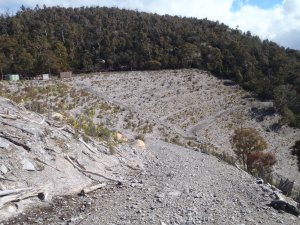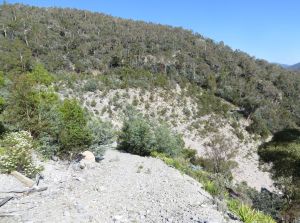Chris Pocknee
Introduction. Box-Ironbark forests are an important ecosystem for biodiversity in southern Australia providing critical habitat for threatened species including Swift Parrots and Regent Honeyeaters. With over 83% of the original box-ironbark forests cleared and much of the remaining area degraded, the box-ironbark forests are one of the most endangered ecosystems in Australia. The box-ironbark forests of the Central Goldfields in Victoria have been severely degraded by gold mining in the 1900s and by forestry activities (Fig. 1).
This project explores a suite of interventions including nest box installation, ecological thinning, soil contour ripping, targeted revegetation and gully ponding. The interventions are intended to restore the hydrology and begin to repair the function of the entire ecosystem from the bottom up (Fig. 2). Biolinks Alliance collected baseline ecological data. These data and the BACI (Before-After-Control-Impact) experimental design will allow thorough assessment of the impacts of the interventions.
The project site is within Spring Plains Nature Conservation Reserve (NCR) less than 10 km south-east of the town of Heathcote and is managed by Parks Victoria. Peter’s Gully, the treatment site is 138 Ha and the control site, White’s Gully, is 140 Ha (Fig. 3).
Works undertaken. To address the lack of natural tree hollows across the site, 200 nest boxes were installed, 100 in both the control and the treatment gully. These boxes are specifically designed for use by brush-tailed phascogales (Phascogale tapoatafa) and Krefft’s gliders (Petaurus notatus) and have been monitored every three months since their installation in August 2022.
Ecological thinning was undertaken across 76.7 ha of the treatment site, with an approximate reduction in tree basal area of 40-75% within thinned areas. Thinning is intended to increase the amount of light reaching the understorey, and decrease the amount of competition for soil nutrients and water, thereby increasing the growth rate of the remaining trees to enhance their natural habitat value. Thinnings were laid down along contour lines where possible to impede overland water flow and create microsites for organic material and seeds to build up. The woody debris also created ground-level habitat for small animals (Fig. 4).

Figure 4. Before (above) and after (below) photos taken in September of 2022 and 2023 showing ecological thinning in Peter’s Gully. (Photo Cameron O’Mara).
Contour lines were ripped to a depth of approximately 30 cm along 71.6 km within the treatment gully, and seeds of local provenance wallaby-grasses (Joycea pallida and Rytidosperma spp.) were directly sown into the rip-lines (Fig. 5). Ripping along contour lines is intended to increase water infiltration into the soil rather than running off downslope, and creates areas with much higher rates of seed germination.

Figure 5. Seed germination rates in rip lines are high compared to adjacent areas (Photo Cameron O’Mara).
Twenty-one small, shallow ‘ponds’ with leaky weirs were constructed through the gully bottom using timber felled during thinning. This is intended to slow water movement, increase moisture availability to the ecosystem, minimise the loss of top-soil and leaf litter to fast flowing water, and reduce the erosion that occurs during heavy rains. Semi-aquatic rushes and grasses were planted around the ponds to promote stability and re-establish these species across the site.
Results to date. It is too early to have meaningful data on ecological outcomes, as the first round of post-intervention monitoring is still in progress and we expect to see changes unfold over a number of years. We have already observed reduced run-off of water and sediment following heavy rain in the treatment site compared with the control site, although this has not yet been formally quantified.
Recent post-treatment reptile survey results are promising. We recorded 7 individuals from two skink species (Lerista bougainvillii and Lampropholis guichenoti) in tile surveys in the treatment site compared with one individual L. bougainvillii in the control site. Nest box monitoring has revealed a high occupancy rate across the 12 months since installation, with 94% of boxes showing signs of small mammal occupancy (i.e. either animals present or a nest) within 6 months, and 99% after 12 months. We counted a minimum of 604 Krefft’s gliders using these boxes in September 2023, and 22 boxes being used by phascogales.
Lessons learned and future directions. The biggest hurdle to implementing this project was the approval process. We have now been through the process successfully and have a clear idea of how to best approach it in the future. This project requires ongoing monitoring to assess impacts on ecosystem function. There may be a role for targeted threatened species work, such as the reintroduction of missing threatened flora to the site.
Stakeholders and Funding bodies. This project has been funded by the R. E. Ross Trust, Brian D. Newman Foundation, Ian Potter Foundation, private philanthropists, DEECA Nature Fund, and Parks Victoria Volunteer Innovation Fund. We acknowledge Parks Victoria as a partner on this project, and the support from Taungurung Land and Water Council, City of Greater Bendigo, the Victorian Department of Energy, Environment and Climate Action (DEECA), Goulburn-Murray Water and the North-Central Catchment Management Authority.
Contact: Chris Pocknee, Ecologist – Biolinks Alliance. Email: chris.pocknee@biolinksalliance.org.au





